Biography
Albert Limerick Long was born on December 4, 1832, in Washington, Pennsylvania. He was the son of a highly respected clergyman. [2] Among the schoolmates of his childhood were Andrew Carnegie and Matthew Quay. He was educated at Western University of Pennsylvania and at Alleghany College, Meadville, Pennsylvania. He also studied at the Concord Biblical Institute (now University of Boston). At the age of 24, he graduated with awards for his theological education and was invited to become a missionary to the Methodist Episcopal Church and to move to the Balkans. He accepted, and on June 27, 1857, he departed for the Ottoman Empire. [1] During the three-month-long journey by ship, Long intensively studied Bulgarian. He used the first Bulgarian textbook for foreigners "Notes on Bulgarian Grammar", written by another missionary Elias Riggs. After his arrival, he settled in Shumen, now in Bulgaria, and began studying Greek and Turkish. Long befriended with the local intelligentsia. Two years later he moved to Tarnovo. [2] In 1859 he established a Bulgarian Methodist Episcopal Church. In 1863 he moved to Constantinople, the Ottoman capital, to become the overseer of the Mission of the Methodist Episcopal Church for Bulgarian lands. [1] He was one of the greatest advocates before the Ottoman authorities in favor of the Armenian cause during the massacre of 75,000 Armenians in 1896, part of the Hamidian massacres. [5] Long personally translated the records of Archimandrite Metodi Kusev detailing the atrocities of the suppression of the 1876 April Uprising in Bulgaria and handed them over to a reporter of the Daily News. [6] [7] Again, he urged the US Consul General in Istanbul, Eugene Schuyler, to visit the town of Batak and to assure the credibility of the information about the Batak massacre. The actions of these men helped to form a casus belli for the 1877–1878 Russo-Turkish War, which led to Bulgarian liberation.
Long contributed greatly to the translation of the first edition of the Bible in modern Bulgarian language. [2] [1] [8] Together with Dr. Elias Riggs, they made a translation using the former translation of Neofit Rilski. For twelve years they worked with Petko Slaveikov, Konstantin Fotinov and Hristodul Kostovich. [9] In 1871 the first edition of the Bulgarian Bible was printed in Constantinople in semi-standardized Bulgarian language. From 1864 to 1872, Long edited and published the monthly magazine Zornitsa, the first Bulgarian Christian magazine. [10] In 1870 Albert Long published a short history of the Bulgarians, under the title "The Slavs and the Bulgarians". [11] From 1872 to 1901 he was professor of natural sciences at Robert College in Constantinople. He later became vice president of Robert College. [2] [12] He died at Liverpool, England on his journey to America on July 28, 1901. He was buried in St James Cemetery, Liverpool. [13]
This timeline of Christian missions chronicles the global expansion of Christianity through a listing of the most significant missionary outreach events.
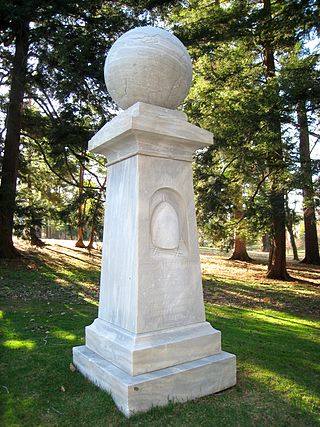
The American Board of Commissioners for Foreign Missions (ABCFM) was among the first American Christian missionary organizations. It was created in 1810 by recent graduates of Williams College. In the 19th century it was the largest and most important of American missionary organizations and consisted of participants from Protestant Reformed traditions such as Presbyterians, Congregationalists, and German Reformed churches.
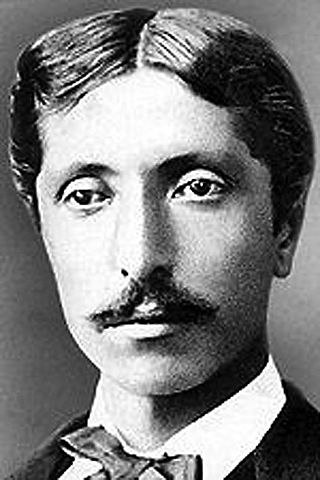
Stefan Panaretov or Stephen Panaretoff or Stephan Panaretoff was a prominent Bulgarian diplomat, academician and professor at Robert College, an independent private high school in Turkey.

The April Uprising was an insurrection organised by the Bulgarians in the Ottoman Empire from April to May 1876. The rebellion was suppressed by irregular Ottoman bashi-bazouk units that engaged in indiscriminate slaughter of both rebels and non-combatants.

Protestantism is the third largest religious grouping in Bulgaria after Eastern Orthodoxy and Islam. In the census of 2011, a total of 64,476 people declared themselves to be Protestants of different denominations, up from 42,308 in the previous census in 2001 and from 21,878 in 1992. The marked rise in the number of Protestants in the last two decades is partly due to a boom in conversions among the Bulgarian Roma. In 2001, the two largest ethnic group among the Bulgarian Protestants were the Bulgarians and the Romani with some 25,000 members each.

Antonio Carlo Napoleone Gallenga (1810–1895) was an Italian author and patriot.
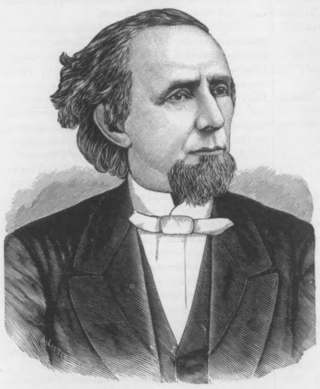
Thomas Mears Eddy was an American clergyman and author.

Januarius Aloysius MacGahan was an American journalist and war correspondent working for the New York Herald and the London Daily News. His articles describing the massacre of Bulgarian civilians by Turkish soldiers and irregular volunteers in 1876 created public outrage in Europe, and were a major factor in preventing Britain from supporting Turkey in the Russo-Turkish War of 1877–78, which led to Bulgaria gaining independence from the Ottoman Empire.

Eugene Schuyler was a nineteenth-century American scholar, writer, explorer and diplomat. Schuyler was one of the first three Americans to earn a Ph.D. from an American university; and the first American translator of Ivan Turgenev and Lev Tolstoi. He was the first American diplomat to visit Russian Central Asia, and as American Consul General in Istanbul he played a key role in publicizing Turkish atrocities in Bulgaria in 1876 during the April Uprising. He was the first American Minister to Romania and Serbia, and U.S. Minister to Greece.

Sir Edwin Pears was a British barrister, author and historian. He lived in Constantinople for about forty years and he is known for his 1911 book Turkey and its People.

Elias Riggs was an American Presbyterian missionary and linguist.
William Jowett was a missionary and author, in 1813 becoming the first Anglican cleric to volunteer for the overseas service of the Church Missionary Society. A leader of the Evangelicals at Cambridge, he worked in Malta, Ottoman Syria, and Ottoman Palestine, and in later life was clerical secretary of the Society and a parish priest in Clapham, South London.
Characteristic of Christianity in the 19th century were evangelical revivals in some largely Protestant countries and later the effects of modern biblical scholarship on the churches. Liberal or modernist theology was one consequence of this. In Europe, the Roman Catholic Church strongly opposed liberalism and culture wars launched in Germany, Italy, Belgium and France. It strongly emphasized personal piety. In Europe there was a general move away from religious observance and belief in Christian teachings and a move towards secularism. In Protestantism, pietistic revivals were common.

Robert Josias "Raphael" Morgan was a Jamaican-American who is believed to be the first Black Eastern Orthodox priest in the United States. After being active in other denominations, including the AME Church, Church of England, and the Episcopal Church, Morgan converted to Orthodoxy. He was ordained as an Orthodox priest of the Ecumenical Patriarchate. He was designated as "Missionary to America and the West Indies." He claimed to have founded the "Order of Golgotha", but the Orthodox Church is not organized into orders.
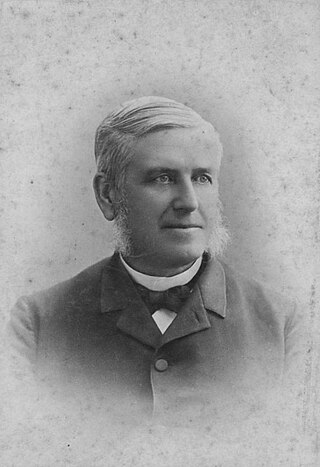
Charles McEwen Hyde was a Congregationalist missionary who arrived in Hawaii in 1877. He was instrumental in establishing and supporting schools to educate and train the Hawaiian population of the time. Hyde mentored native Hawaiians who wanted to enter the Christian ministry, and he helped provide smallpox vaccinations for the population. He was a descendant of Scottish Covenanters, and one of the original five trustees of Kamehameha Schools. Private correspondence about Father Damien, penned by Hyde and published without his permission, sparked a heated public rebuke from Robert Louis Stevenson who expressed his belief that sainthood lay ahead for Damien.
The Union of Evangelical Congregational Churches in Bulgaria is a Calvinist Congregational denomination in Bulgaria. A member of the World Communion of Reformed Churches and the World Evangelical Congregational Fellowship.

George Washburn was an American educator, Christian missionary, and second president of Robert College.

George Warren Wood (1814–1901) was a Presbyterian minister and missionary who became the secretary of the Congregationalist American Board of Commissioners for Foreign Missions. He was an early missionary to Armenia under Cyrus Hamlin.
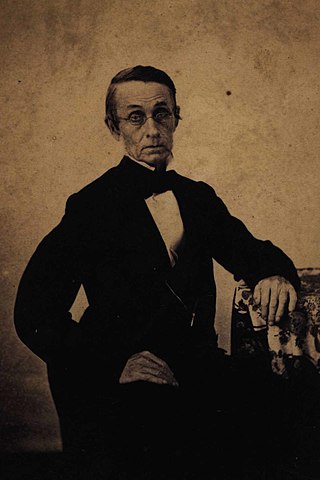
Ephraim Weston Clark was an American pastor and translator most remembered for his decades of work helping to translate the Bible into the Hawaiian language, and his subsequent work on the 1868 revision of the translation. He was the third Kahu (pastor) of Kawaiahaʻo Church in Honolulu, and served in that position 15 years. His early years as a missionary were spent on the Hawaiian island of Maui; while serving as Kahu of Kawaiahaʻo, he also spent several months with the Hawaiian Missionary Society in Micronesia.
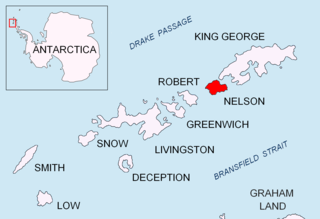
Long Beach is the ice-free beach on the southwest coast of Nelson Island in the South Shetland Islands, Antarctica, extending 1 km northwards from Ross Point. Its surface area is 24.7 ha. The area was visited by early 19th century sealers.

















